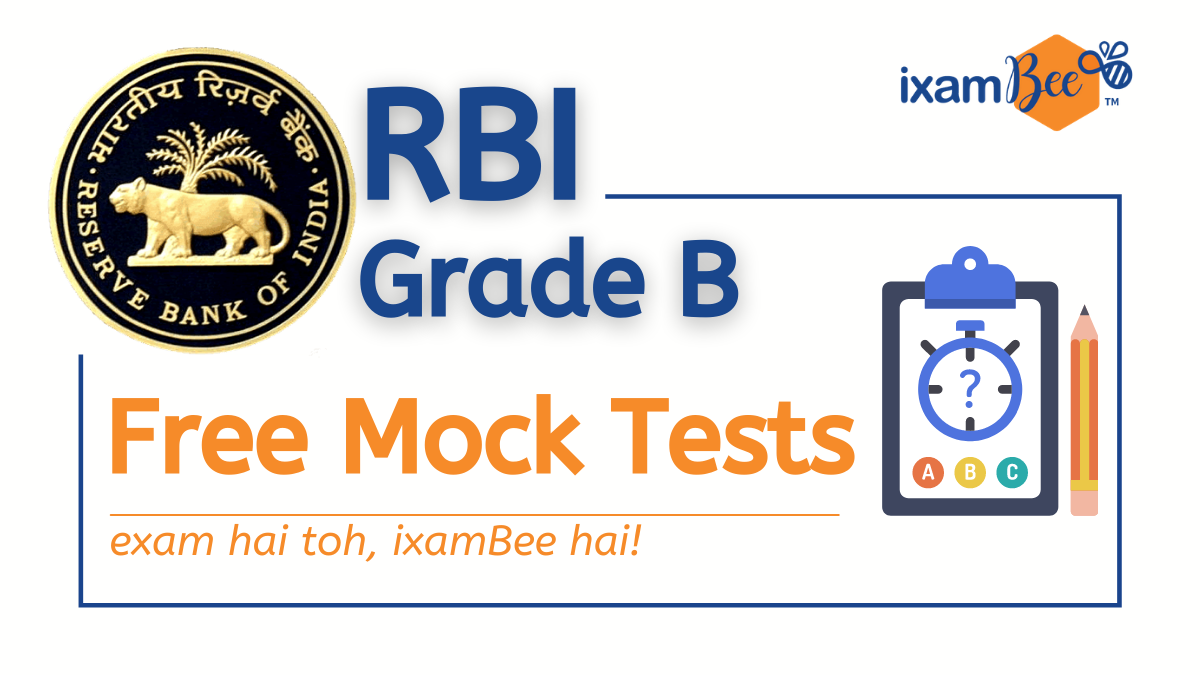‘Management’ is a very common term that arises while taking up any kind of task. You can never possibly accomplish a goal without proper ‘management’. To be good managers, we actually need to be good leaders. Leadership is a trait that needs to be learned or rather imbibed, if not inherently present. Good leadership leads to good management.
The following article provides information regarding leadership and the various leadership styles which is an important topic with respect to many major exams like RBI Grade B, SEBI Grade A, NPS Grade B, and FCI AGM.
Leadership: Definition & Meaning
You may not have dealt with this subject of leadership at large in a direct manner but indirectly you may have encountered it in many small ways. For example, there might be a person in your group who normally organizes everything for any event. That person may possess better leadership qualities who carries the responsibility of managing everything voluntarily and accomplishes the task making the best use of others’ capabilities.
Leadership may be defined as: ‘the process of directing the behaviour of others towards the accomplishment of some common objective’.
A leader will influence the behaviour of others by giving them an appropriate direction which helps them in achieving the desired goal.
Leadership Styles
The kind of leadership may vary depending on the kind of situations or the people exercising the role of a leader. While studying the topic of management, one may come across various styles pertaining to leadership. Some of the common leadership styles are as follows
Autocratic Leadership
Autocratic leadership refers to the style where a leader sends out ‘instructions’ that are not open to any suggestions and you cannot apply any of your personal ideas there. It is also called ‘authoritarian’ leadership where the authority lies only with the leader. Autocratic leadership basically can be identified through the following points –
- One way communication
- Similar to dictatorship
- Expectation of obedience from the subordinates without any questioning
Now, a common question that may arise here is whether this kind of leadership can always prove negative? Well, the answer may be ‘no’. This kind of leadership possibly works in:
- Stressful & quick-decision situations
- Presence of demotivated, unskilled, or inexperienced workers.
Bureaucratic Leadership
Bureaucratic leadership refers to sticking to the rule book while performing any kind of task. It is based on certain fixed official duties and chain of commands. Here, you are not supposed to break the organizational hierarchy while leading. It basically comprises of –
- Strict adherence to organizational rules and policies
- Going ‘by the book’.
- ‘High risk’ work conditions like power plants, banks etc.
- Maintenance of the quality standards.
This type of leadership may sometimes lead to low motivation, lack of flexibility and creativity. It can also result in lack of interest in going beyond the assigned work.
Democratic Leadership
Another kind of leadership is ‘democratic’ leadership which as the name implies uses the ‘consultative style’ and where every team member has a ‘say’. It is basically open to everyone’s suggestions and opinions before coming up with the final decision. It can be summarised as a style where –
- Subordinates are involved in decision making.
- The final authority of decision making exists with the leader.
- Participation of each member is important and significant.
Although this style seems to be fairly motivating, which increases the morale of the team members, developing the sense of belongingness, responsibility, and job satisfaction, it may also lead to a slow decision-making process and loss of time.
Laissez-Faire Leadership
Laissez-Faire leadership refers to ‘free – rein’ leadership where the leader is not actively present to instruct all the time. The leader only plays the role of deciding the policy and leaves the rest to the team members. It can be summarized in the following points:
- Presence of a passive leader
- Negligent guidance to the team members.
- The process of achieving a goal left to the subordinates.
- Suits best to creative jobs like ad agencies & start-ups.
- Suitable for highly skilled and experienced workers.
At one point this style of leadership helps in grooming the new leaders by giving them the freedom to make their own decisions but on the other, it may also prove disadvantageous leading to high costs, lack of control, and low productivity.
Charismatic Leadership
Charismatic leadership, as the term suggests refers to a situation where one’s charisma or personality influences people, no matter whether you are a designated leader or not. A charismatic leader can be defined as someone having –
- Great articulation and communication skills.
- Able to empathize and touch the emotions of others.
- Able to motivate large groups.
Leaders following this style of leadership are usually visionaries and work for the greater good. The disadvantage lies in such leaders having the risk of turning into autocratic mode. It is also difficult to find successors of such individuals.
Transactional Leadership
As the word suggests, transactional leadership relies on a system of rewards and punishments to get any job done. It basically works as a transaction or on a ‘give and take’ basis. It can best be described as working on a –Management by exception concept.
This refers to a system where the leader would only interfere with the process if she/he feels that things are not going as expected. One main point that can define this style is-
- Clearly laid out expectations and compliance.
This style of leadership can be effective in achieving short-term goals.
Transformational Leadership
The key to transformational leadership lies in the word ‘transformation’. Such leaders are focused on the big picture and strive to change the larger viewpoint of others and help them understand the greater vision. It can be best described as –
- Leading by example
- Delegate authority and responsibility
- Team inspiration through a shared vision
- Involving people to the maximum
This style may well be able to contribute to each team member’s growth by not blaming them for each fault and rather being available for them at all times.
Other Leadership Styles
Apart from all these common styles of leadership, there are few others:
- Servant leadership – less power and aimed more at serving the purpose
- Paternalistic leadership – a mix of autocratic, morals, and care, just like a parent
- Situational leadership – depends on the kind of situation
- Creative leadership – pertains to cooperation in developing new ideas
These were some of the leadership styles that play a crucial role in good management.
To prepare for RBI, SBI, FCI and many more such important exams you can go through our free mock tests by clicking on these images.


Happy learning!
Also Read:
Management and Organizational Behavior: Important Topic In Bank Exams
Management and Ethics: Barriers to Communication
FCI AGM- What and How to Prepare for Management and Ethics?
& many more.
Get Free Online Test Series, GK updates in the form of Beepedia, as well as latest updates for Bank PO, Bank Clerk, SSC, RBI, NABARD, and Other Government Jobs.














